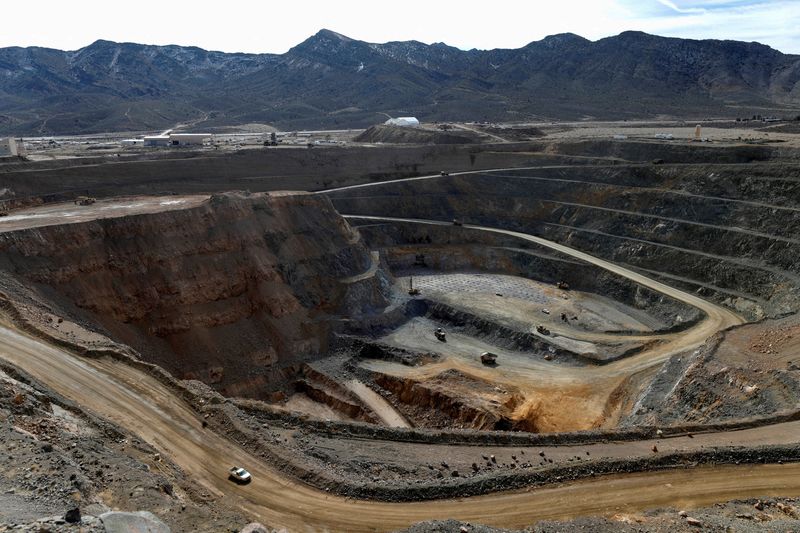The average time to build a new mine in the U.S. is nearly 29 years, according to a report by S&P Global, making it the second-longest in the world behind Zambia. This extensive timeline hinders Washington’s push to boost the output of critical minerals like lithium and nickel for the energy transition.
The S&P study analyzed 268 mining projects worldwide, highlighting Zambia’s 34-year average development time as the longest. The U.S. follows closely, impeding efforts to reduce reliance on China’s control of the critical minerals sector. Canada, Argentina, and Mongolia also have long development periods, while Ghana, the Democratic Republic of Congo, and Laos have the shortest.
The report underscores the need for streamlined processes to obtain mining permits in the U.S., noting that countries like Canada and Australia have federal-level mining offices, which facilitate faster project approvals.
Despite the U.S. possessing significant copper and lithium reserves, exploration budgets lag behind those of Canada and Australia, where companies spend significantly more on finding new deposits.









